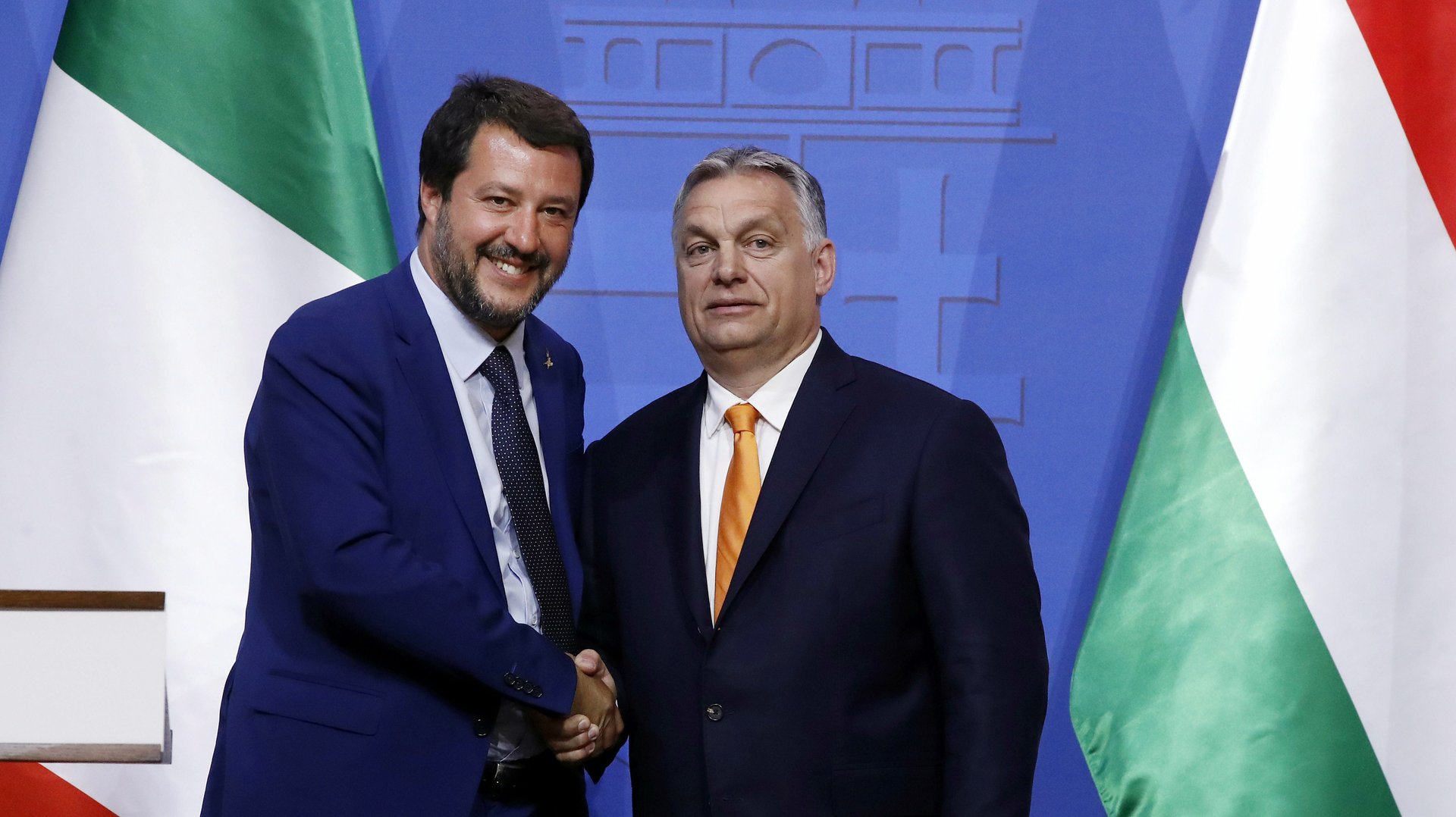The state of global right-wing populism in 2019
Right-wing populism, the leitmotiv of contemporary politics, is on the rise.


Right-wing populism, the leitmotiv of contemporary politics, is on the rise.
It certainly feels that way: Starting in the mid-2010s, democracies all over the world have turned toward the right, electing representatives that stand in stark contrast to those that pushed for globalization and international cooperation two decades earlier.
Right-wing populism isn’t a monolith. It has different features in different countries. It’s hard, and somewhat simplistic, to ascribe all of the parties, movements, and leaders emerging in this historic shift to a single political trend. Yet, they do have some elements in common. The movements and parties that belong to it share xenophobic, nationalistic traits, a tendency toward authoritarianism, aggressive leadership, and an anti-elitist message.
All over Europe, the past few years have seen a noticeable growth in xenophobia, particularly in reaction to asylum seekers and immigrants. Simultaneously, there’s been a growing rejection of European cooperation, propelling the 2016 vote in favor of Brexit in the UK, and the rise of far-right movements all over the continent.
In the United States, president Donald Trump—whose rise to power was helped by right-wing populist strategist Steve Bannon—has promoted an anti-immigrant agenda. The American president has not shied away from incendiary comments and under his presidency hate crimes are on the rise.
In India, meanwhile, voters elected prime minister Narendra Modi, a Hindu nationalist, in 2014 and then again earlier this year. His latest government is enforcing an agenda that threatens minorities and rallies the Hindu majority around the goal of abandoning secularism.
How quickly right-wing populism has spread globally, or at least in the countries with democratic systems, is remarkable. When this decade began, hardly any of the parties and leaders that now run the world, or appear set to, were on anyone’s radar. Now these movements are spreading quickly. Among the world’s democracies, a growing number has embraced right-wing populism, and either have governments led by populist parties, or supported by them:
In several other countries, too, right-wing populist parties are gaining traction, and are set to become main players, or form governments, in the near future: